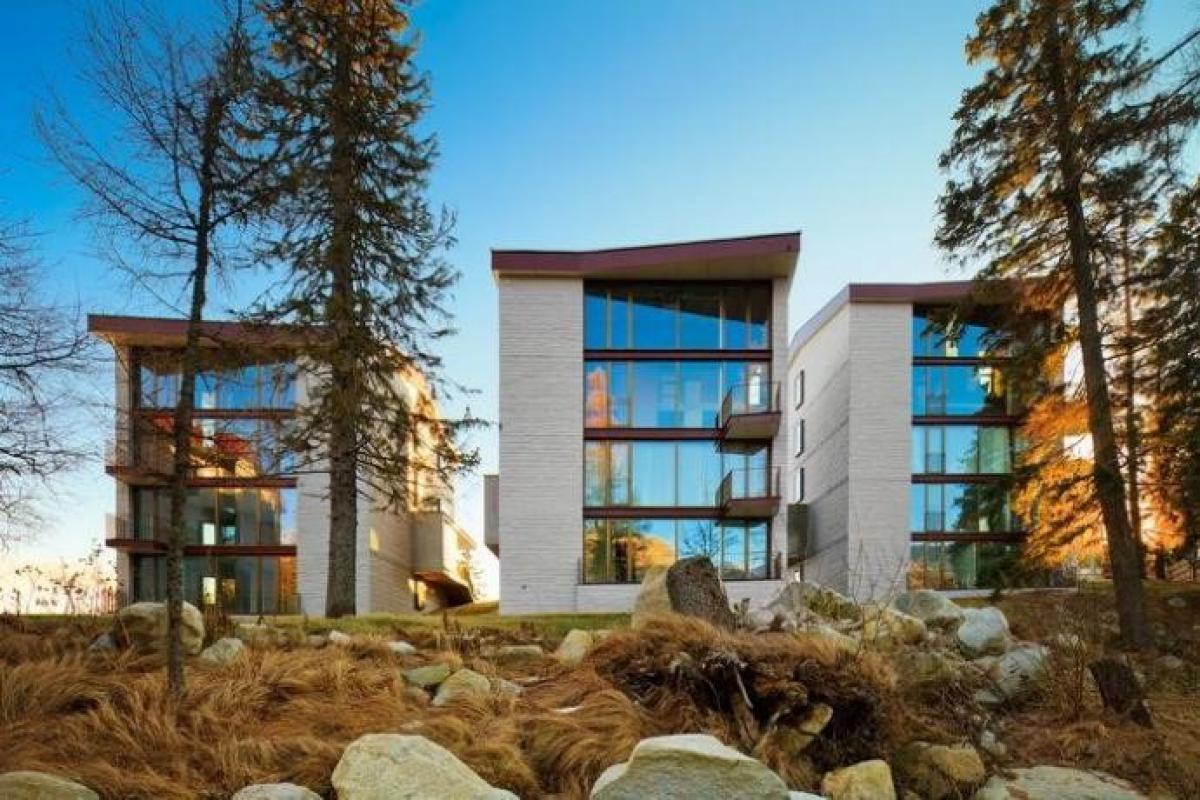Grand Hotel Kempiski High Tatras - Slovakia
Grand Hotel Kempinski High Tatras in Slovakia Reconstruction and extension of the historical building ensemble The mountain lake of Strbske Pleso is on the Slovak side of the mountain High Tatras, Embedded in this appealing topography the region developed into a popular climatic spa venue for the Austro-Hungarian aristocracy at the end of the 19th century. Built on the back of an elongated moraine, this linear ensemble of historical buildings developed in the years 1880-1925. The venue and buildings are in the category as a National park and National cultural Monument. After its unsubtle adaptation during the period of socialism, the facility was in a desolate condition. The challenge was to carefully integrate the ambitious spatial plan into the historical property and the sensitive surroundings. In order to make it possible to operate a luxury hotel here, it was necessary to radically rethink the organisation of the buildings, and to create an entirely new infrastructure without losing any of the charm of the original ensemble. In order to realise the operational infrastructure, basements were built along the entire length of the existing buildings. The most valuable rooms - the restaurant, conference and ballroom, were renovated meticulously. Facades were renovated and reproduced with the original details and colours. Spa area and six new, detached apartment buildings were added to the historical buildings that house the core of the hotel function. The apartment buildings are respectfully separated from the original construction. In the overall composition they continue the line predefined by the moraine and old structure, on both sides in staccato, thus forming a layout and elevation that frames the historical complex. The modern architectural design cites key elements of the original structure by taking up on and reinterpreting its original colouring and materials, its plasticity and the unconventionally playful roof landscape. Finishing date January 2012.
![[Cerno+Architekten - Grand Hotel Kempiski High Tatras - Slovakia - COVER IMG]](https://architectureprizecom.s3-us-west-2.amazonaws.com/uploads/large/large_1467293229.jpg)



